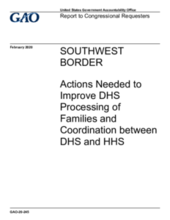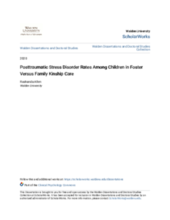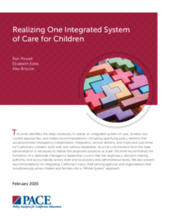Displaying 701 - 710 of 2215
This research explains how and why homelessness occurs among youth with serious mental health struggles after aging out of residential and transitional living programmes.
This second of a two-part paper discusses stage two of a two-stage, transatlantic study aimed at identifying and exploring threshold concepts in residential child care.
In this study, the authors drew on qualitative data gathered during in-depth focus groups with 46 high school youth in foster care. The goal of this research was to center and amplify the often-unheard voices of youth in foster care and their experiences in high school.
This episode of The Brain Architects explores what “toxic stress” means, and what we can do about it.
This study uses data from the National Study of Child and Adolescent Well-Being II (NSCAW II) to examine the relationship between separation from siblings in out-of-home care and subsequent offending behavior in adolescence.
This first of a two-part paper discusses the first of a two-stage, transatlantic study aimed at identifying and exploring threshold concepts in residential child care.
This case explores the complex ways unaccompanied Latinx Indigenous minors experience the intersection of immigration policies and U.S. school policies and practices and the implications this has for school leaders.
This report examines (1) U.S. Customs and Border Protection (CBP) data on apprehended family unit members; the extent to which (2) CBP and (3) the U.S. Immigration and Customs Enforcement (ICE) developed and implemented policies and procedures for processing family units; and (4) how the Department of Homeland Security (DHS) and the Department of Health and Human Services (HHS) share information about unaccompanied alien children (UAC).
The purpose of this study was to address the gap in the literature on the full spectrum of posttraumatic stress disorder (PTSD) attributes and symptoms for children living in nonkinship foster homes versus kinship foster homes, as well as examine the benefits and limitations of children placed in kinship and nonkinship foster homes.
This brief identifies the steps necessary to realize an integrated system of care, reviews two current approaches, and makes recommendations—including specifying policy reforms that would promote interagency collaboration, integration, service delivery, and improved outcomes for California’s children, both with and without disabilities.



